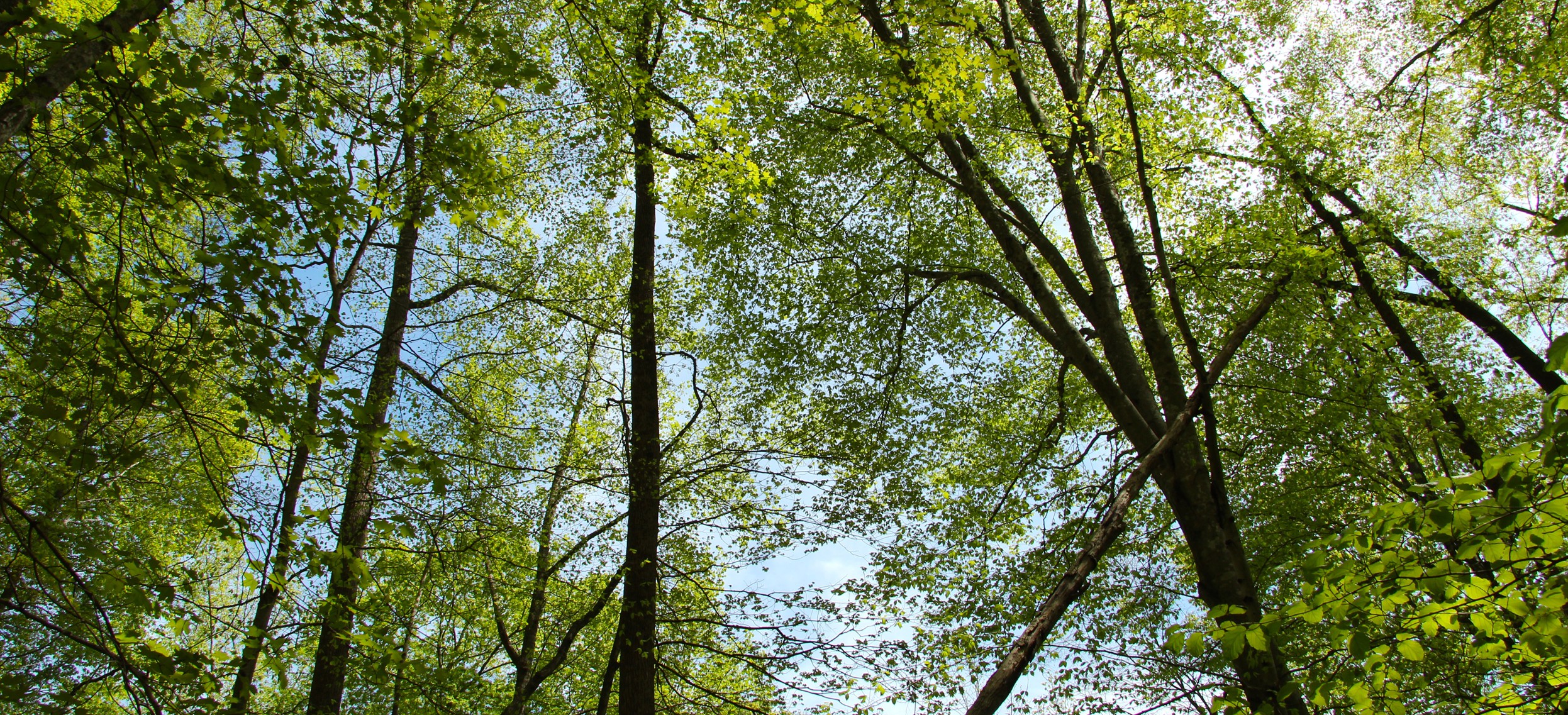A new paper, published today in Science by Dr. Leandro Castello and his colleagues, was featured in the Guardian and at VT News.
Winemiller, K., McIntyre, P., Castello, L., and 29 other authors. 2016. Balancing hydropower and biodiversity in the Amazon, Congo and Mekong. Science 351: 128-129
From VT News:
BLACKSBURG — Advocates of huge hydroelectric dam projects on the Amazon, Congo, and Mekong rivers often overestimate economic benefits and underestimate far-reaching effects on biodiversity, according to an article published today in Science by a cadre of scientists representing 30 academic, government, and conservation organizations in eight countries.
“These three river basins hold roughly one-third of the world’s freshwater fish species,” said Kirk Winemiller, professor of wildlife and fisheries sciences at Texas A&M University and lead author on the article. “The 450 additional dams being planned or under construction in these basins put many unique fishes at risk.”
Leandro Castello, assistant professor of fish conservation at Virginia Tech and a Global Change Center affiliate, who studies how global change affects the ecology and conservation of fish and fisheries, was a co-author of the article.
Impacts of the hundreds of proposed Amazon dams include forced relocation of human populations and expanding deforestation. “Even when environmental impact assessments are mandated, millions of dollars may be spent on studies that have no actual influence on design parameters, sometimes because they are completed after construction is underway,” said Castello. “A lack of transparency during dam approval raises doubts about whether funders and the public are aware of the risks and impacts on millions of people.”
“Long-term ripple effects on ecosystem services and biodiversity are rarely weighed appropriately during dam planning in the tropics,” said co-author Peter McIntyre, assistant professor of zoology in the Center for Limnology at the University of Wisconsin–Madison. “There is good reason for skepticism that rural communities in the Amazon, Congo, and Mekong basins will experience benefits of energy supply and job creation that exceed costs of lost fisheries, agriculture, and property. An improved approach to dam evaluation and siting is imperative.”
There is a better way, according to the researchers. For the first time, spatial data on biodiversity and ecosystem services are adequate to support sophisticated analyses that balance the costs and benefits of hydropower. For instance, new analytical methods can account for cumulative impacts from multiple dams upon hydrology, sediment dynamics, ecosystem productivity, biodiversity, fisheries, and rural livelihoods throughout watersheds. “Incorporating these data and tools into assessment protocols would boost the credibility of dam siting in the eyes of all stakeholders,” said Winemiller.
“Institutions that permit and finance hydropower development should require basin-scale analyses that account for cumulative impacts and climate change. Common-sense adjustments to assessment procedures would ensure that societal objectives for energy production are met while avoiding the most environmentally damaging projects,” the article concludes.
Story by Lynn Davis
From the Guardian:
Plans to build huge dams in the Amazon, Mekong and Congo could devastate freshwater biodiversity in these tropical river basins, say ecologists
One third of the world’s freshwater fish are at risk if dozens of large hydroelectric dams are built in the Amazon, Congo and Mekong basins, aquatic ecologists have warned.
Very few dams have so far been built in the basins of the world’s three great tropical rivers because of their remoteness and vast catchment areas. But rising demand for clean electricity in burgeoning tropical cities, and new roads to areas once considered impossible to access, has led to plans for over 450 dams for the three mega-diverse river basins.
If the dams are built, tropical freshwater biodiversity, which is at its most diverse in the three river basins, could be devastated, say the authors.
“Large dams invariably reduce fish diversity and block movements that enable migratory species to complete their life cycles. This may be particularly devastating to tropical river fisheries where many species migrate hundreds of kilometres,” said the team of 39 American, Brazilian and European authors in the journal Science.
They dismiss many of the arguments put forward by dam builders that better designed fish passages incorporated into major dams allow species to move freely up rivers.
“Dam proposals continue to tout fish passages as the principal means for minimizing impacts on migratory species. They have proved unsuccessful and even harmful. Large dams delay and attenuate seasonal food pulses, reducing fish access to floodplain habitats that are an essential nursery area and feeding grounds,” the paper said.
Read more at the Guardian
[hr]
[hr]




